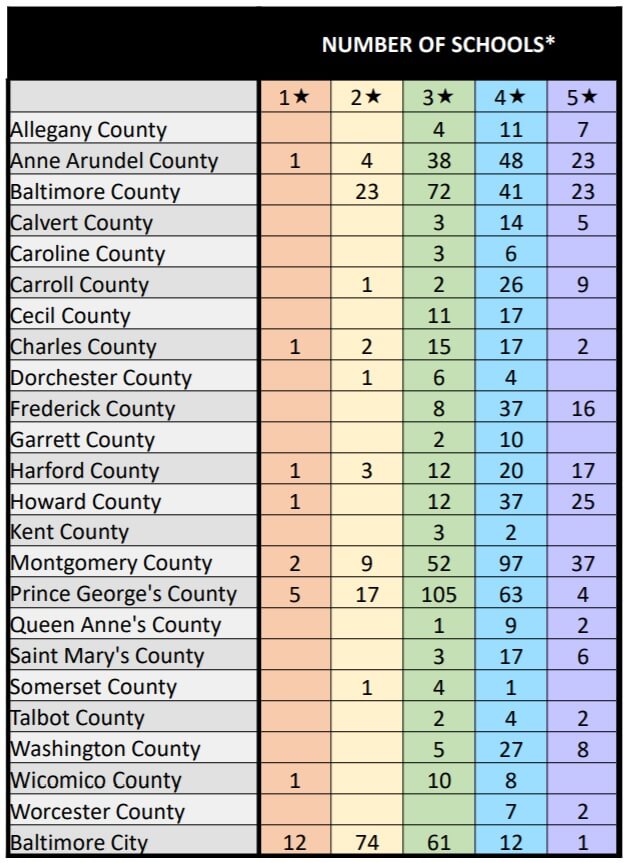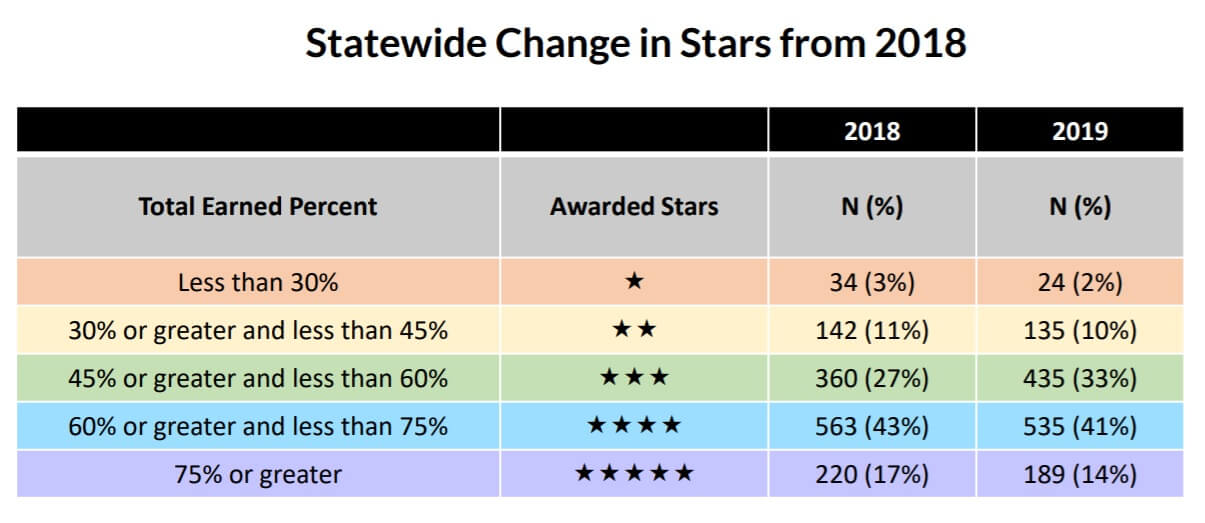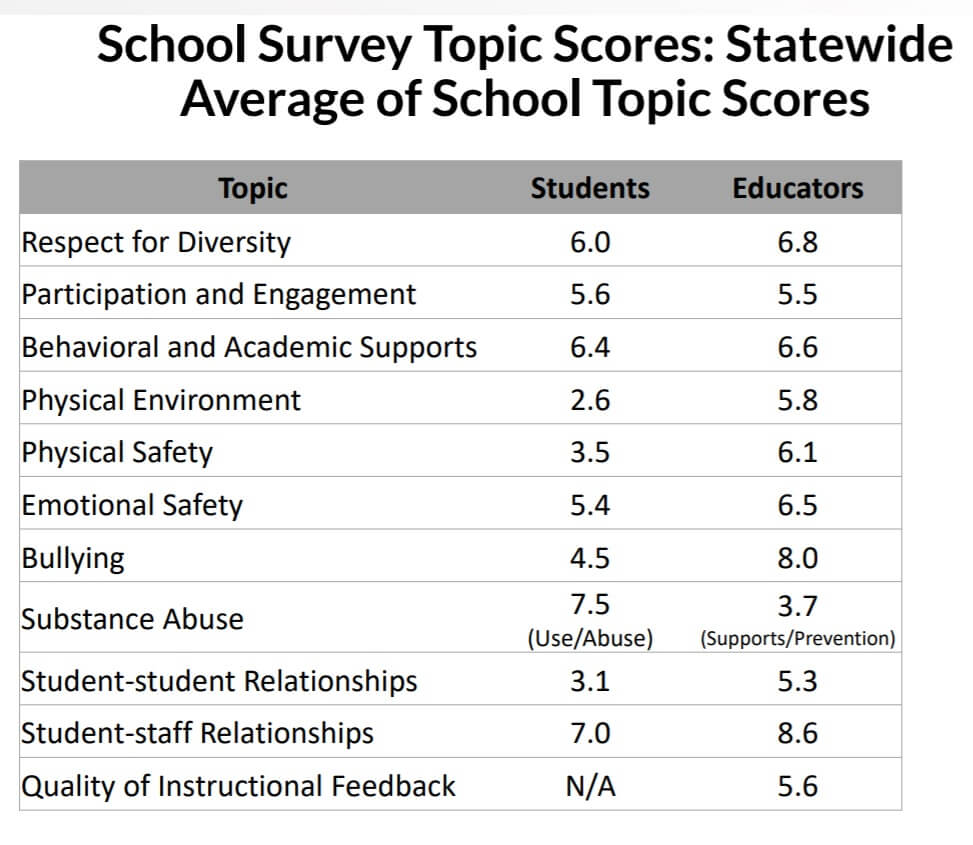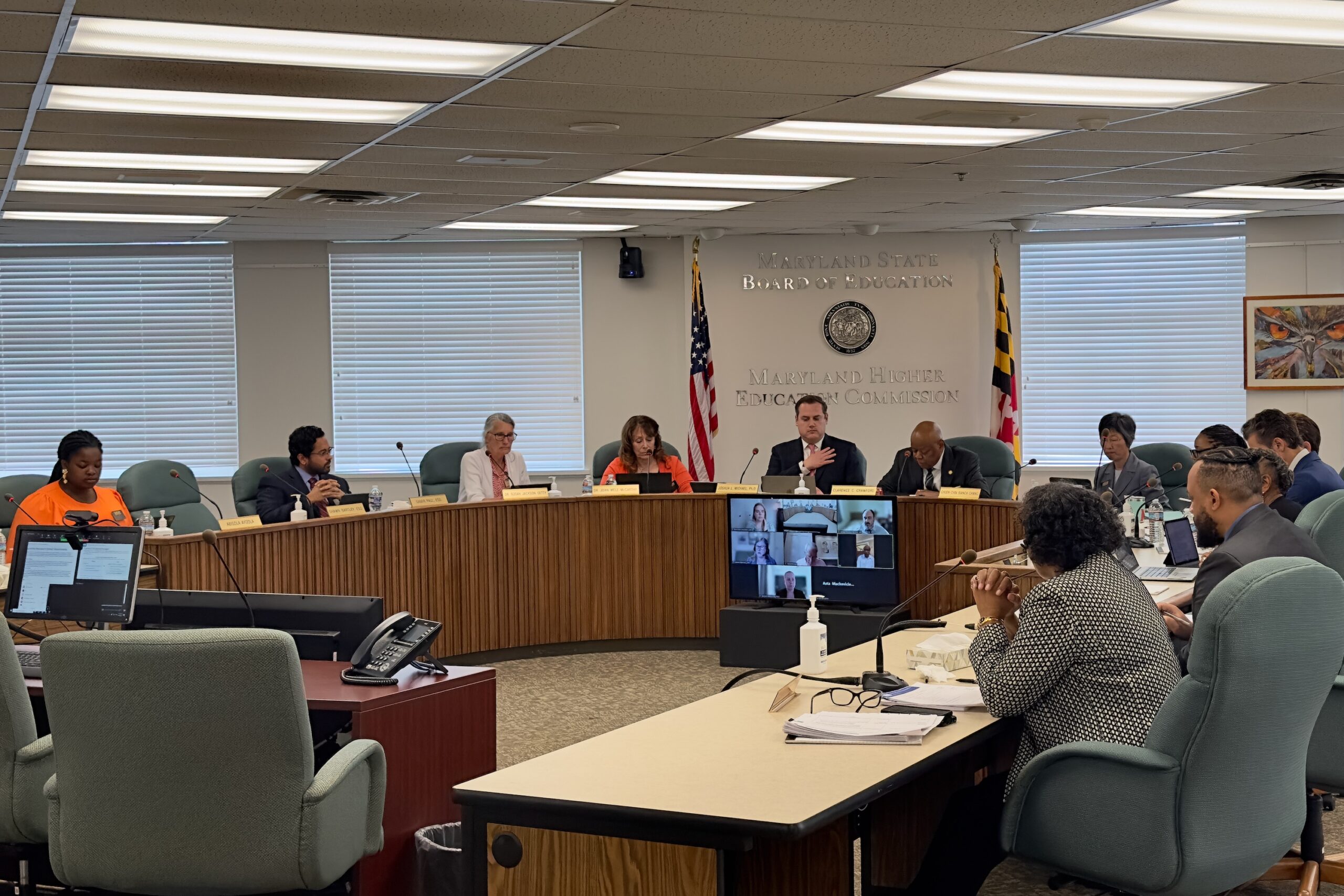State Report Card: 189 Five-Star Schools, Most Are In the Middle

The number of Maryland schools earning the highest and lowest rankings in a state accountability system are down, and the number of schools ranking squarely in the middle is up, according to new figures released by the Maryland State Department of Education on Tuesday.
The 2019 Maryland School Report Card, which provides detailed information on school performance throughout the state, showed that most schools are earning three stars in a five-star system. The number of five-star and one-star schools were down in 2019, the second year of the new accountability program.
State education officials say the report cards give an enhanced and comprehensive picture of school and school system performance, including measures beyond those captured by test scores, including improvements in student performance, access to a well-rounded curriculum and ratings of a school’s environment.
New features in the 2019 report card track school improvement and equity.
“When we unveiled the new Maryland Report Card last year, we envisioned that this tool would evolve to remain relevant and important in school improvement efforts statewide,” said Karen B. Salmon, the state’s superintendent of schools. “We hope this will help everyone gain a better understanding of how each school is doing, and provide inspiration about how we can work together to make our schools the best they can be for all students.”
The 2018 version of the report card represented substantial change from the state’s previous accountability program, prompted by the federal Every Student Succeeds Act. The new report card includes metrics based on student test scores and academic indicators, but they cannot account for more than two-thirds of a school’s rating, according to state law passed in 2017.
A quick look at what’s in the 2019 report card:
How many schools got five stars?
Statewide, there were:
- 189 five-star schools
- 535 four-star schools
- 435 three-star schools
- 135 two-star schools
- 24 one-star schools.
Most of the schools receiving five stars were elementary schools (133).

Maryland State Department of Education graphic.
Where are five-star schools located?
Montgomery County was home to the most five-star schools: 37. Sixteen other counties and the city of Baltimore registered at least one five-star school.
New metrics this year shifted the location and distribution of the highest-rated five-star schools and lowest-rated one-star schools.
The number of three-star schools increased this year, while the number of schools in every other category decreased. There were 17 fewer one-star and two-star schools, and 59 fewer five-star and four-star schools. The number of three-star schools increased by 75.
Most schools ― 853 of them ― saw no change in their star rating.
A detailed analysis of why schools declined in star ratings has not yet been completed, but will be analyzed by the Maryland State Department of Education next year.

Maryland State Department of Education graphic.
How stars are awarded:
Schools get stars based on what percentage of total points that they earned in measurement areas such as growth in achievement, high school graduation rates, student access to a well-rounded curriculum, progress in achieving English language proficiency, the prevalence of chronic absenteeism and student and teacher perceptions of the school environment.
Schools that earn 75 percent or more of possible points get five stars. The percentages go down from there: four stars (above 60 percent but below 75 percent), three stars (45 percent up to 60 percent), two stars (30 percent up to 45 percent) and one star (less than 30 percent).
How did individual student groups perform?
The report continued to show a racial achievement gap throughout the state.
Statewide, white students earned about 67 percent of possible points in the report card. Latino students earned about 58 percent and African American students earned about 54 percent.
Students learning English earned about 51 percent, economically disadvantaged students earned 48 percent and students with disabilities earned 43 percent.
Why were scores different this year?
In part, scores for individual schools changed based on new items included in the analyses. Science scores for elementary and middle schools are now part of the academic progress scores, and schools at all levels could earn up to 10 points based on student and educator perceptions captured in a new school climate survey.
What did the new school surveys find?
Students held a slightly less favorable view of their schools than educators did.
For the first time, the report card included the results of a school surveys taken by educators and students in grades 5 through 11 at every school.
The survey provides a score based on rankings about safety, community, environment, and relationships.
Statewide, students gave their schools an overall score of about 5 of 10 points on average and educators gave a score of 6 of 10 points.

Maryland State Department of Education graphic.
How did my school score?
The MDReportCard.org website includes county- and school-level report cards. The school-level data can also be broken down by individual student groups.




 Creative Commons Attribution
Creative Commons Attribution